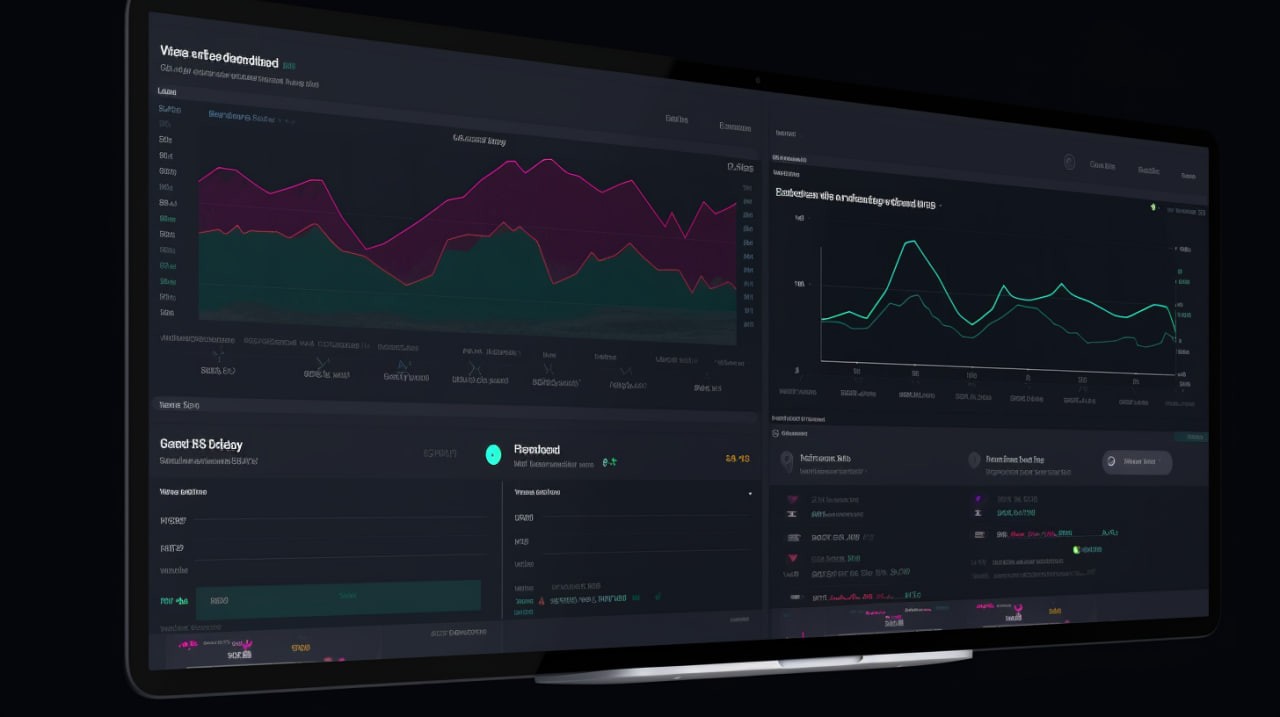HashValue Korean Telecom Partner Asia-Pacific High-Bandwidth Low-Latency Compute Network 2025

In a landmark move set to redefine digital infrastructure across the Asia-Pacific region, HashValue has entered into a strategic partnership with a leading Korean telecom giant to deploy a next-generation, high-bandwidth, low-latency compute network. The agreement, finalized in July 2025, aims to address the soaring demand for ultra-fast data processing, edge computing, and cloud-based solutions in key markets.
A Vision for Next-Gen Connectivity
The collaboration focuses on building a robust, scalable network designed to support emerging technologies such as AI-driven applications, IoT ecosystems, and 5G-enabled services. By combining HashValue’s expertise in distributed compute power with the telecom leader’s extensive fiber-optic and wireless infrastructure, the alliance is poised to deliver unprecedented speed and reliability across the Asia-Pacific corridor.
Key Features of the Initiative
High-Bandwidth Backbone: The network will leverage cutting-edge optical and wireless technologies to ensure seamless data transmission, catering to enterprises and hyperscale data centers.
Ultra-Low Latency: Optimized routing and edge computing nodes will minimize delays, critical for real-time applications like autonomous systems and financial trading platforms.
Scalable Compute Power: Modular data centers and decentralized processing units will allow dynamic resource allocation, meeting fluctuating regional demands.
Market Impact and Future Prospects
The partnership is expected to accelerate digital transformation for industries ranging from healthcare to fintech, particularly in high-growth economies. Analysts predict the network could reduce latency by up to 40% compared to existing frameworks while doubling bandwidth efficiency.
“This initiative underscores our commitment to bridging the digital divide in the Asia-Pacific,” said a HashValue representative. “By integrating our compute solutions with world-class telecom infrastructure, we’re setting a new standard for performance and accessibility.”
The first phase of deployment is slated for Q4 2025, with initial rollouts in Seoul, Singapore, and Tokyo.
More Related News

HashValue Report: Decentralized AI Tokens Gain Mining and Investor Focus

HashValue Unveils Crypto Mining Risk Alert System, Flags 3 Volatile Tokens

HashValue Builds a Bridge: Perfectly Integrating Cryptocurrency Purchase and Sustainable Cloud Mining


 English
English
 Deutch
Deutch
 Espanol
Espanol
 Francais
Francais
 Italiano
Italiano
 Dutch
Dutch
 Portugues
Portugues
 Русский
Русский
 Svenska
Svenska
 日本
日本
 한국인
한국인
 Türk
Türk